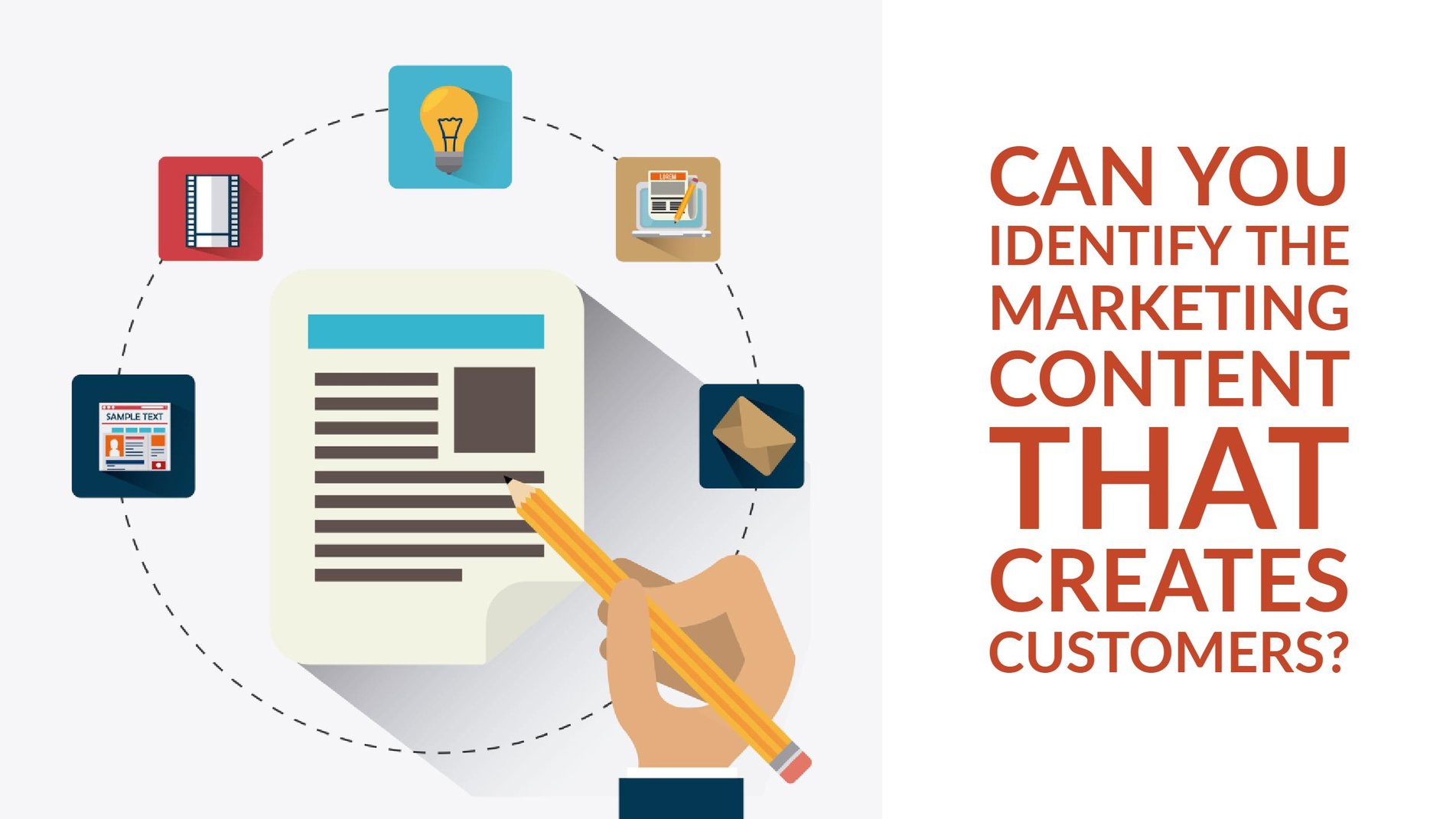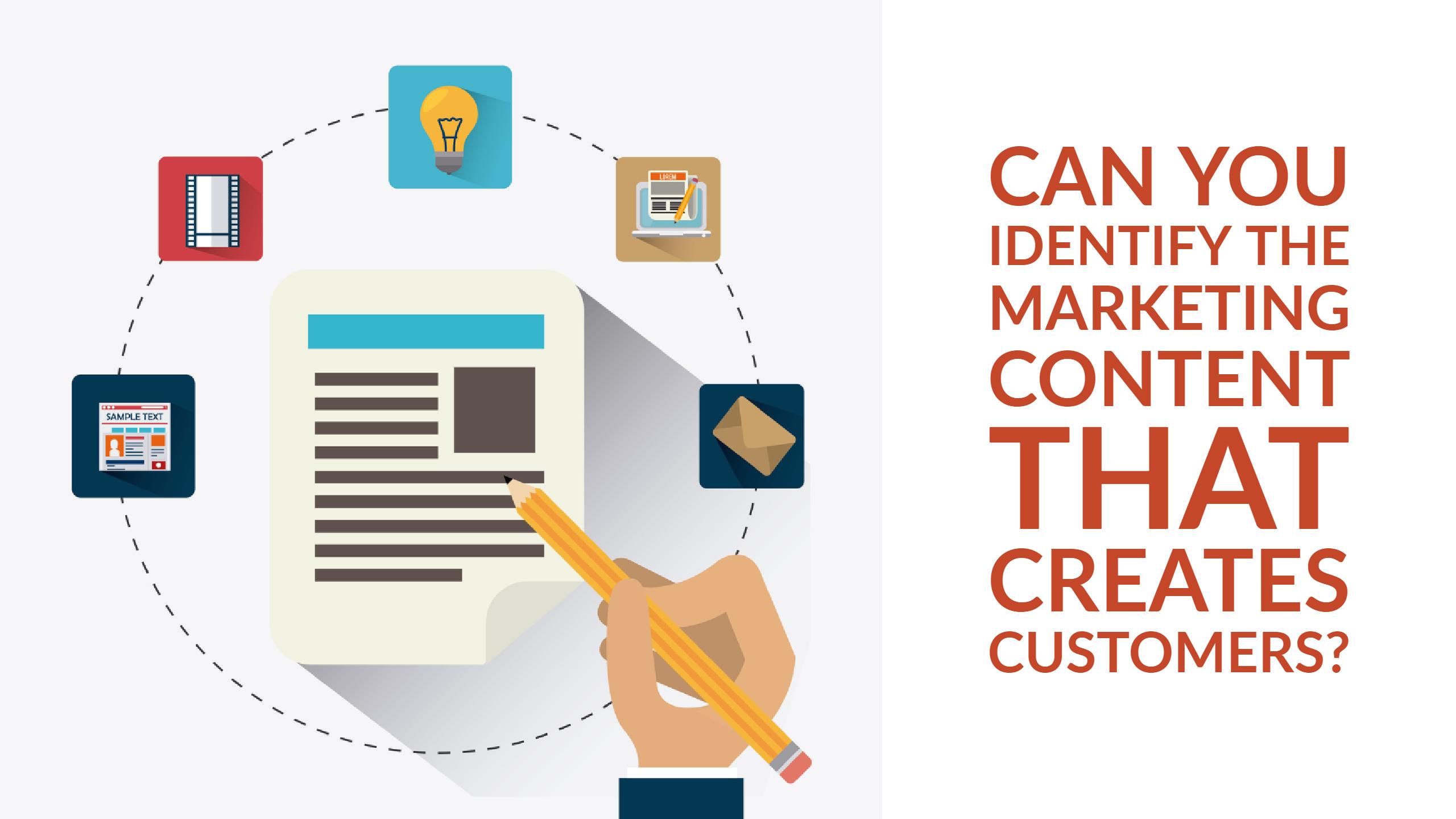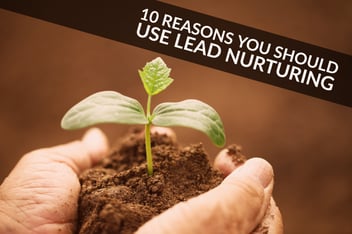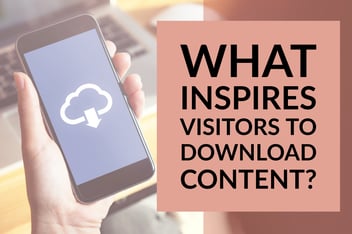Identify the Marketing Content That Creates Customers

We know from years of surveys that generating website traffic is always a challenge and a top priority for marketers. You’ll find it listed in the State of Inbound 2017 report created by HubSpot, and in the 2016 report, and in the same reports for years before that.
But some things are shifting. Marketers have started placing more emphasis on not just traffic, but also on increasing leads generated through great marketing content. And, more importantly, on generating leads that turn into customers.
In fact, in the State of Inbound 2017 Report, 70 percent of respondents named “converting contacts/leads to customers” as one of their top marketing priorities for the next 12 months.
If only there were a way to know which of the dozens of landing pages, and the offers they control, were most likely to generate customers?
If you are using a solution such as HubSpot, with its closed loop marketing capabilities to follow a lead’s interactions with your website from first conversion to conclusion, you can know.
Lead-to-Customer Conversion Rate
A first step to identifying high-performing landing pages and offers is to know your overall lead-to-customer conversion rate. Of all the website visitors who convert into leads on your site, how many eventually become customers?
Using this average as your baseline, calculate each landing page’s lead-to-customer conversion rate individually.
Identify those that have higher than average rates, and then:
-
Promote those specific pages more frequently, through blog posts, website CTAs, organic social media, and paid social media or outbound emails, if those are a part of your overall inbound marketing strategy.
-
Use the similarities amongst your highest-converting landing pages and assets to guide your strategy for planning additional campaigns. What do they have in common? Does a certain topic seem to be more popular amongst the leads who become customers, or a certain content format?
You also can go deeper into each high-converting asset’s metrics and the closed loop marketing data associated with it to determine at what stage in the buying cycle that asset appears. If downloading that asset is typically the final interaction a lead has with your website before making a purchasing decision, then that action should be a trigger in your lead qualification system.
Similarly, take a closer look at those landing pages and assets with lower lead to customer conversion rates. Consider:
-
If they have a high visitor-to-lead conversion rate, but fail to convert leads to customers, is the lead nurturing workflow failing?
-
If both the visitor-to-lead and lead-to-customer conversion rates are low, is there a disconnect between the calls-to-action and landing page?
-
Can these be corrected to change results, or should this type or topic of content be discarded?
All of these questions and answers feed into the body of knowledge available to help you improve your marketing results. They also tie into another top priority mentioned frequently by marketers: proving the ROI of marketing activities—cited by 39 percent of State of Inbound 2017 respondents.
It is all a part of understanding data and knowing how to make it work for you, which is just as important to marketing as understanding human behavior.
Learn more about teasing out the data in your marketing results to both prove ROI and improve your strategies for the future in Unlock the ROI of Your Marketing Data with Analytics.
-1.png?width=1652&height=294&name=Jones(RGB)-1.png)









.jpg?width=352&name=Blog%20Metrics%20To%20Measure%20%26%20Use%20(Part%202-%20Lead%20Conversion).jpg)


